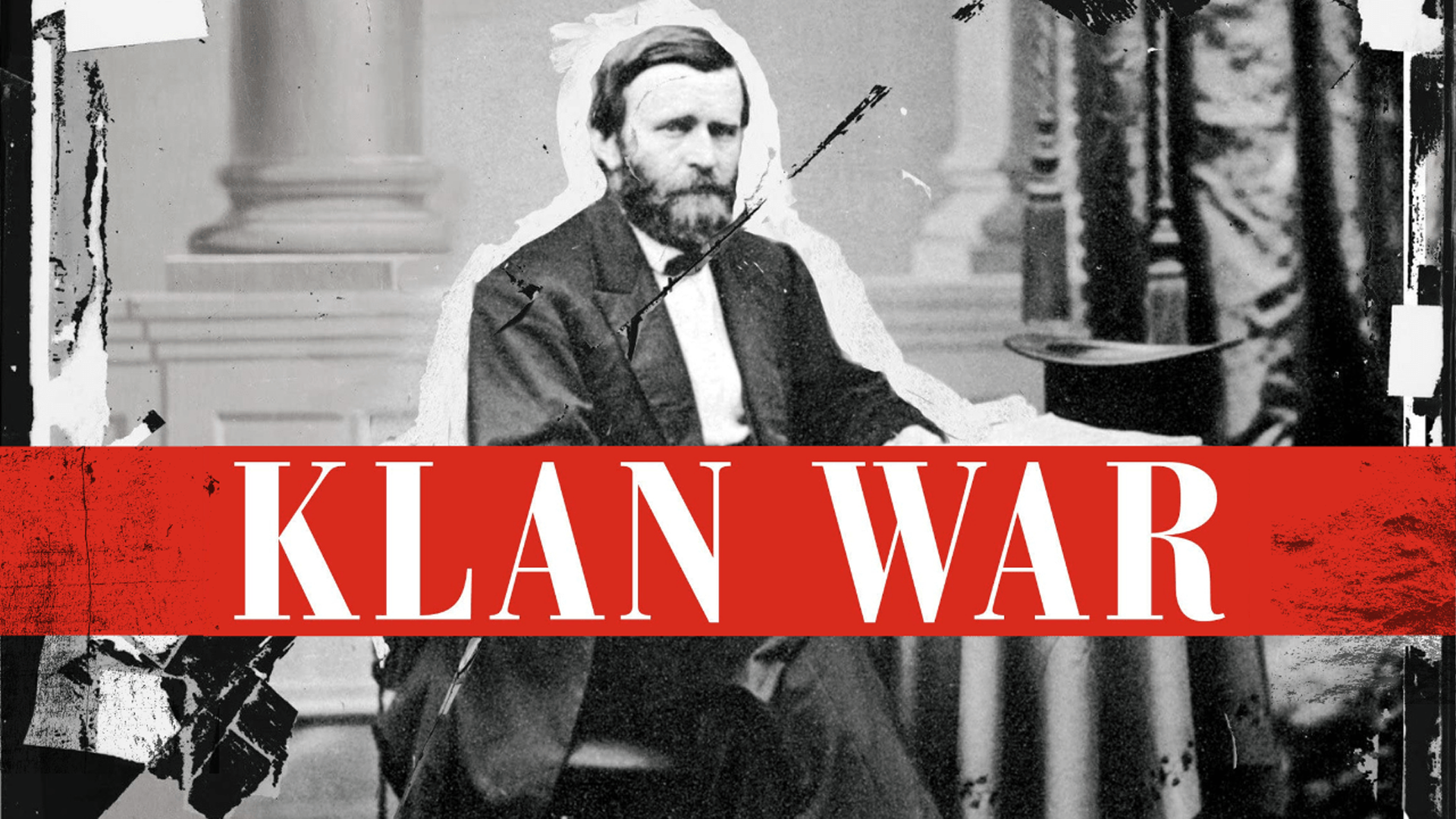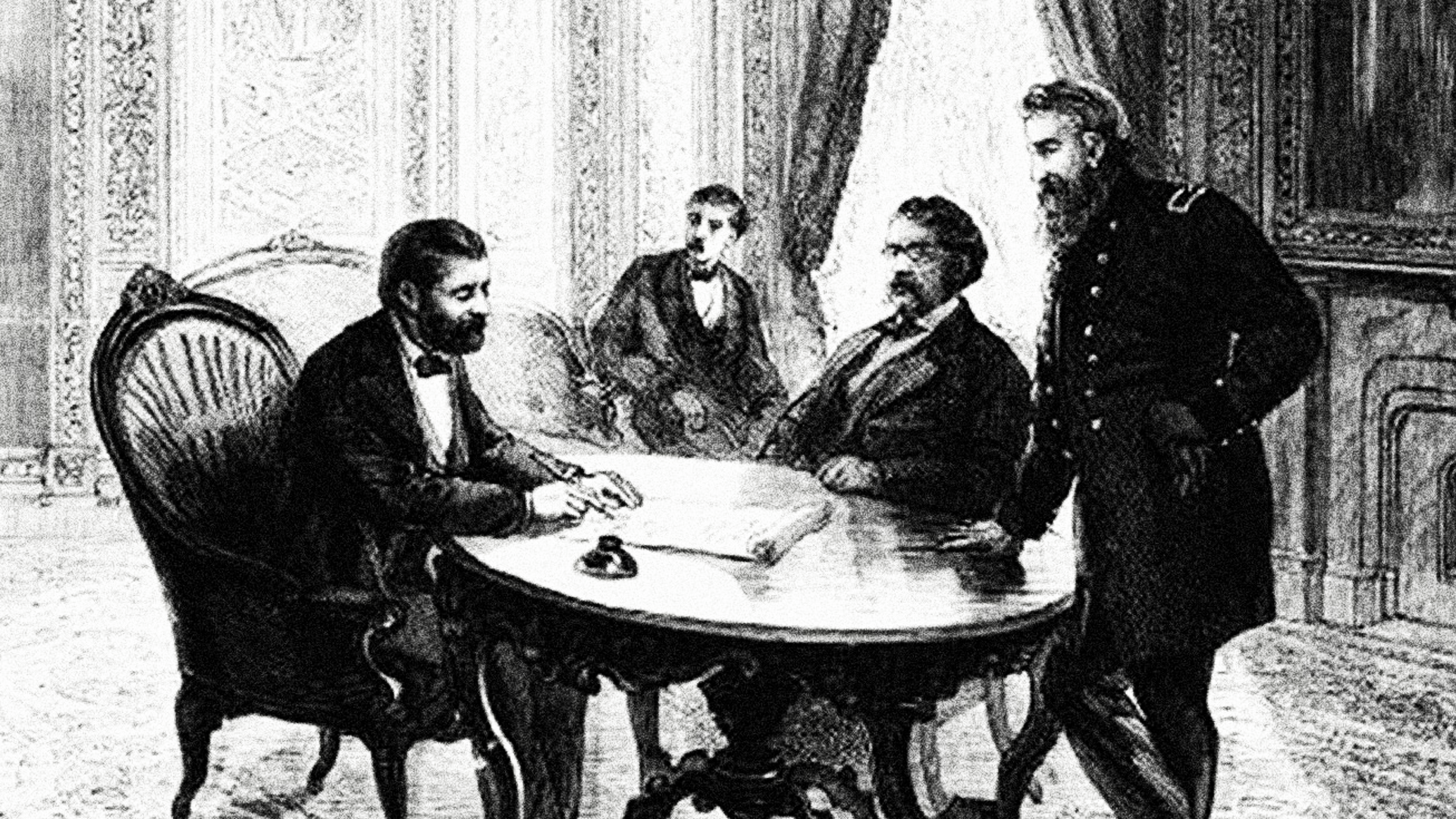Grant Uses Federal Power to Stop Klan Terror in South Carolina

Facing a wave of Klan violence, President Ulysses S. Grant declared martial law and suspended habeas corpus in nine South Carolina counties, enabling federal troops to arrest hundreds of suspected Klansmen.
What Happened?
Reconstruction aimed to rebuild the nation and protect the rights of newly freed people, but white supremacist groups like the KKK tried to reverse those gains through fear and violence. They used night raids, beatings, and murders to scare people away from voting and speaking up. Federal investigators found extreme violence in South Carolina (York County alone saw at least 11 murders and more than 600 assaults) showing that local sheriffs and courts were not stopping the terror.
To fight this, Congress passed the Ku Klux Klan Act in April 1871. It made it a federal crime to join a conspiracy that used force or threats to take away someone’s civil rights, and it gave the president emergency tools when local officials refused or failed to act.
After warning the Klan to stand down on October 12, President Ulysses S. Grant targeted nine counties with the worst violence (Spartanburg, York, Marion, Chester, Laurens, Newberry, Fairfield, Lancaster, and Chesterfield). When the Klan ignored his order, he declared martial law there on October 17 and suspended habeas corpus, allowing federal troops to arrest suspects quickly so the terror would stop before the next election.
Habeas corpus is the rule that lets a prisoner ask a judge to check whether an arrest is lawful. The Constitution says this protection can be paused only in cases of rebellion or invasion. Grant argued that organized Klan violence was a kind of rebellion against the United States and against the Fourteenth and Fifteenth Amendments, which promise equal protection and protect voting rights from racial discrimination.
Martial law did not mean the Army replaced every court; it meant federal forces could conduct raids, seize weapons and disguises, and hold suspected ringleaders while federal prosecutors built cases. Soldiers worked with U.S. marshals, collected witness statements, and protected people who had been threatened for trying to vote.
By December 1871, around 600 suspected Klansmen were in custody; more than 200 were indicted in federal court, 53 pleaded guilty, and several were convicted at trial. The immediate result was a sharp drop in attacks and a fairer election in 1872.
Even with these successes, many wealthy Klan leaders fled before arrest, and later Supreme Court decisions narrowed federal power to protect civil rights, making long-term progress harder and showing how progress can stall when courts and politicians pull back.
Why It Matters
The episode shows a key lesson of civics: when local systems fail to protect people from terror, the federal government can, and sometimes must, step in to defend democracy. Grant’s action proved that the federal government could confront domestic terrorism to protect citizens’ voting and civil rights. It also reminds us that laws like the Fourteenth and Fifteenth Amendments only work when leaders and courts are willing to enforce them. The short-term calm in South Carolina saved lives and safeguarded an election, even as later rollbacks showed how fragile those gains could be.
?
What is habeas corpus, and why is suspending it such a serious step?
How did the Ku Klux Klan Act expand federal power to protect civil rights?
Why did President Grant consider Klan violence a form of rebellion?
What role did juries—including Black jurors—play in the Klan trials?
Why did some of the progress fade after the early 1870s, and what does that teach us about protecting rights today?
Dig Deeper
A quick primer on Grant and why his leadership mattered during Reconstruction.
How early civil rights gains were won—and too often lost—after the Civil War.
Related

Birthright Citizenship: The Right of the Soil and the Right of the Blood
From English common law to the Fourteenth Amendment, birthright citizenship has shaped who belongs in America — and who is excluded.

The Emancipation Proclamation & The 13th Amendment
Freedom on paper is one thing; freedom in practice is another. The Emancipation Proclamation and the 13th Amendment were giant leaps toward liberty—yet the road ahead for formerly enslaved people was long and uneven.

The Tulsa Race Massacre: Black Wall Street Burned
Greenwood was known as Black Wall Street—until a white mob burned it to the ground. The Tulsa Race Massacre wasn’t a riot. It was a coordinated attack. And it was nearly erased from history.
Further Reading
Stay curious!
